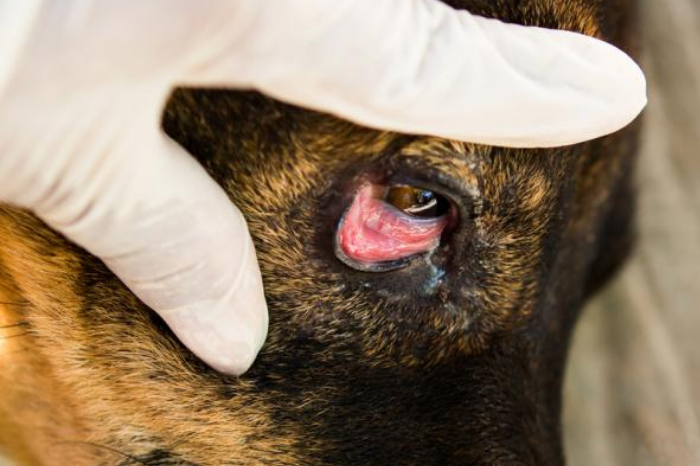

Pyometra: Causes, Treatment & Prevention
The word pyometra is derived from Latin “pyo” meaning pus and “metra” meaning uterus. It is an abscessed, pus-filled infected uterus. When the uterus dies, it releases a large amount of pus and dead tissues into the abdomen and without treatment, death is inevitable. Preventing this disease is one of the main reasons for routinely spaying female dogs and cats.
What Might Make your Veterinarian Suspect this Infection?
Classically, older female dogs are at higher risks. After she finishes a heat cycle in the previous 1 to 2 months, usually, affected dogs show signs of poor appetite, vomiting, or may drink an excessive amount of water.
The most common form is called open pyometra. Since the cervix is open, vaginal pus discharges are noticeable. In a closed pyometra, however, patients tend to be sicker due to retention of the toxic uterine contents, and since the cervix is closed and no signs of vaginal discharge, clinical presentations are more difficult to diagnose.
Treatment: Surgery
The usual treatment for pyometra is the surgical removal of both the uterus and ovaries. During the procedure, it is crucial that the infected uterine contents will not spill and that no massive bleeding will occur. The surgery can be challenging, especially if the patient is toxic.
While the result of the pyometra procedure is a spayed dog, there is nothing routine about a pyometra spay, given the fact that the surgery is challenging and the patient is in a life-threatening situation. For these reasons, the pyometra spay typically will cost you more compared to a routine spay.
Feline Pyometra
Feline cats may also fall victim to pyometra. In cats, the disease is just as serious as in dogs and the treatment protocol is the same. There is an important difference to take note of for cats having pyometra: they rarely appear sick until the very late stages of the disease. This lack of apparent signs & symptoms always leads to a delay in the diagnosis resulting in an unfavorable outcome, unfortunately.
Prevention
As most of us are aware that prevention is better than cure, we always recommend having your pets spayed. Spaying removes the hormonal stimulation that causes both heat cycles and the uterine changes that allow pyometra to happen. Spaying is considerably safer and less expensive compares to bringing a sick animal with an abnormal uterus to surgery.
Reach out to any of our branches now. We are here anytime and ready to speak with you about the spay procedure, its risks, and its benefits.
recent post

EARLY DETECTION AND TREATMENT OF HIP DYSPLASIA IN PUPPIES
Hip Dysplasia in dogs is an anatomical orthopedic condition which has a genetic background and affects mostly..
learn more
“CHERRY EYE” or PROTRUSION OF THE GLAND OF THE 3rd EYELID
Protrusion of the gland of the third eyelid (or “cherry eye”) occurs most commonly in dogs and..
learn more



